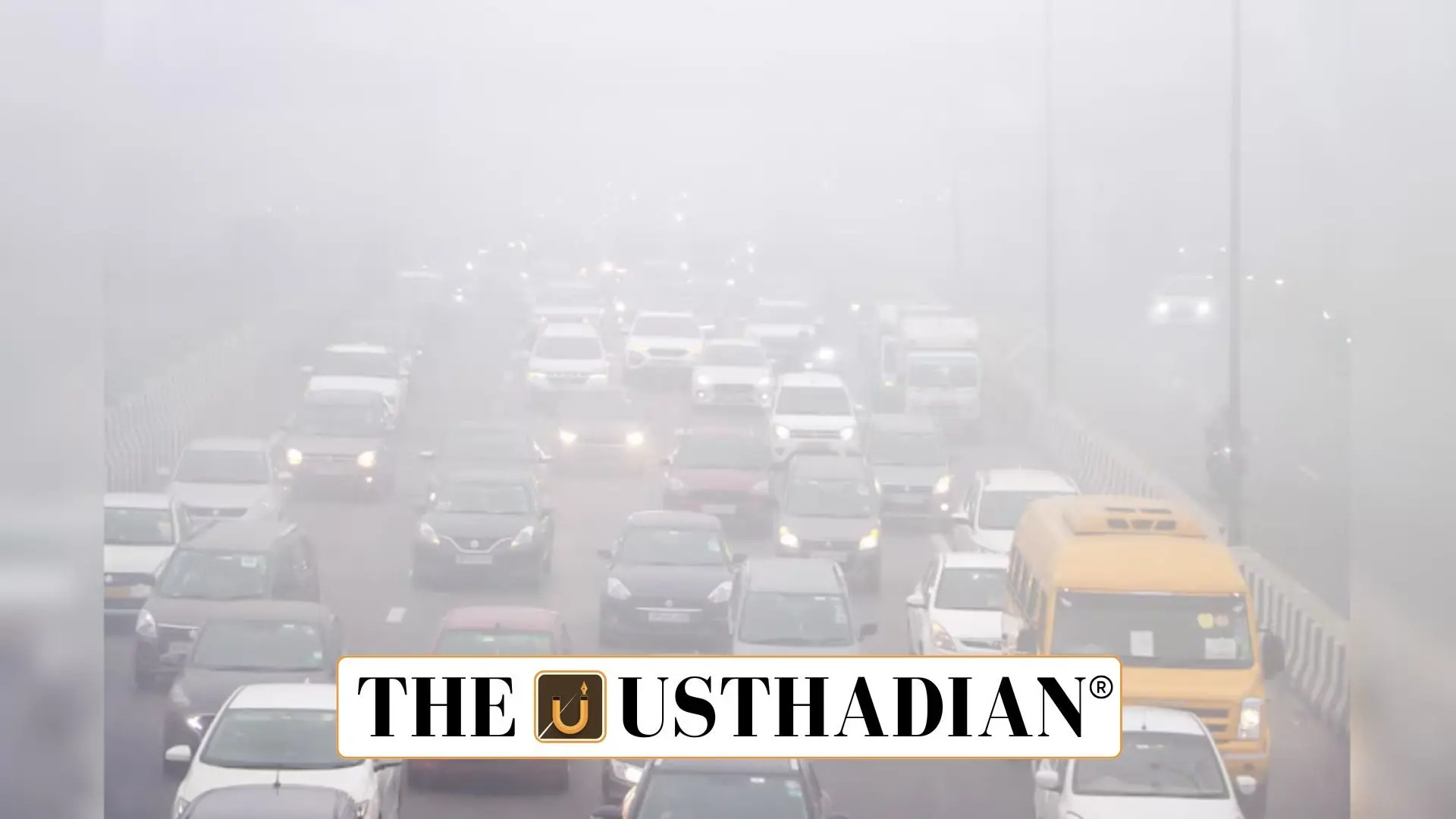India’s Air Quality Worsens Despite Slight Drop in Ranking
India Among World’s Most Polluted Nations: Byrnihat Overtakes Delhi in 2024 IQAir Report: In the latest World Air Quality Report 2024 by IQAir, India has slipped to 5th place among the world’s most polluted countries, down from 3rd position in 2023. Although this shift might appear positive, the situation on the ground tells a different story. Thirteen out of the 20 most polluted cities globally are in India, with Byrnihat in Assam now labelled the world’s most polluted city, even surpassing Delhi. This alarming trend shows that severe air pollution is expanding beyond large metros into smaller towns.
Dangerous PM2.5 Levels Continue Across Indian Cities
The nationwide PM2.5 average in India stands at 50.6 µg/m³, marking a 7% decline from the previous year. Yet, this figure remains ten times higher than the WHO-recommended safety limit of 5 µg/m³. In the capital city of Delhi, pollution levels hover at 91.6 µg/m³, showing little improvement. Cities like Faridabad, Noida, Muzaffarnagar, Mullanpur, Gurugram, and Ganganagar also report hazardous air, making toxic exposure a daily reality for millions of citizens.
Health Impact of Long-Term Pollution Exposure
The ongoing air quality crisis in India has grown into a serious public health threat. According to a Lancet Planetary Health study, long-term PM2.5 exposure is linked to 1.5 million deaths annually in India between 2009 and 2019. Experts estimate that an average Indian loses 5.2 years of life expectancy due to prolonged pollution exposure. The main culprit—PM2.5 particles—are microscopic and can infiltrate deep into the lungs and bloodstream, triggering respiratory diseases, cardiac problems, strokes, and even cancer.
Addressing the Crisis: Key Contributors and Remedies
Major pollution sources include vehicle emissions, industrial smoke, and the widespread burning of biomass and crop stubble. To counter this, environmentalists recommend distributing LPG connections to rural households, expanding clean public transportation, and enforcing strict emission standards. Punitive actions against violators—both industries and vehicle owners—are also necessary. Ultimately, effective solutions demand more than policy announcements—they need strong ground-level enforcement and public cooperation.
STATIC GK SNAPSHOT
India Among World’s Most Polluted Nations: Byrnihat Overtakes Delhi in 2024 IQAir Report:
| Item | Details |
| Report Name | World Air Quality Report 2024 by IQAir |
| India’s Global Rank | 5th most polluted country |
| Most Polluted City in India | Byrnihat, Assam |
| PM2.5 Level in Delhi | 91.6 µg/m³ |
| National PM2.5 Average | 50.6 µg/m³ (7% lower than 2023) |
| WHO Safe Limit for PM2.5 | 5 µg/m³ |
| Average Life Expectancy Loss | 5.2 years |
| Main Pollutant Identified | PM2.5 (fine particulate matter) |
| Estimated Deaths from Pollution | 1.5 million annually (2009–2019 average) |
| Key Pollution Sources | Vehicles, industries, biomass & stubble burning |
| Suggested Solutions | LPG adoption, strict emission norms, public transport |








